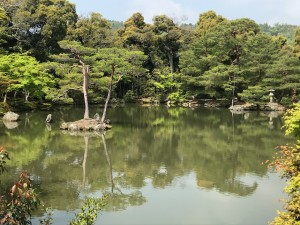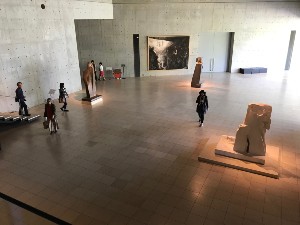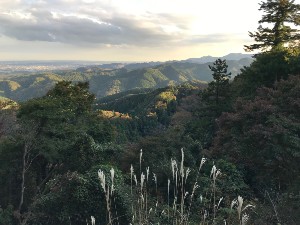The Chambers of Power: A Spring Stroll Through Tokyo’s Political Heart

It was a nice weekday morning in Tokyo in early spring. Sunny, windy, suddenly cloudy, a typical spring day when my friend Lennart and I decided it was time to visit the last place on our government places to see list, The National Diet Building.
After a bit of walking around the enormous government building grounds, we found the entrance for the daily tours of the House of Representatives. The guards told that the daily tour in English would start at 3pm, so we had some time to kill. Actually that time was well spent.
After perusing my Google Map, I found the Parliamentary Museum not too far away. So off we went to check it out.
The Parliamentary Museum is dedicated to educating visitors about the government as it evolved from the Meiji Period to the Showa Period. There is a scale model of The National Diet Building, and some reproductions of its main chambers. There are a number of historical artifacts that provide authenticity to this small but very informative museum.
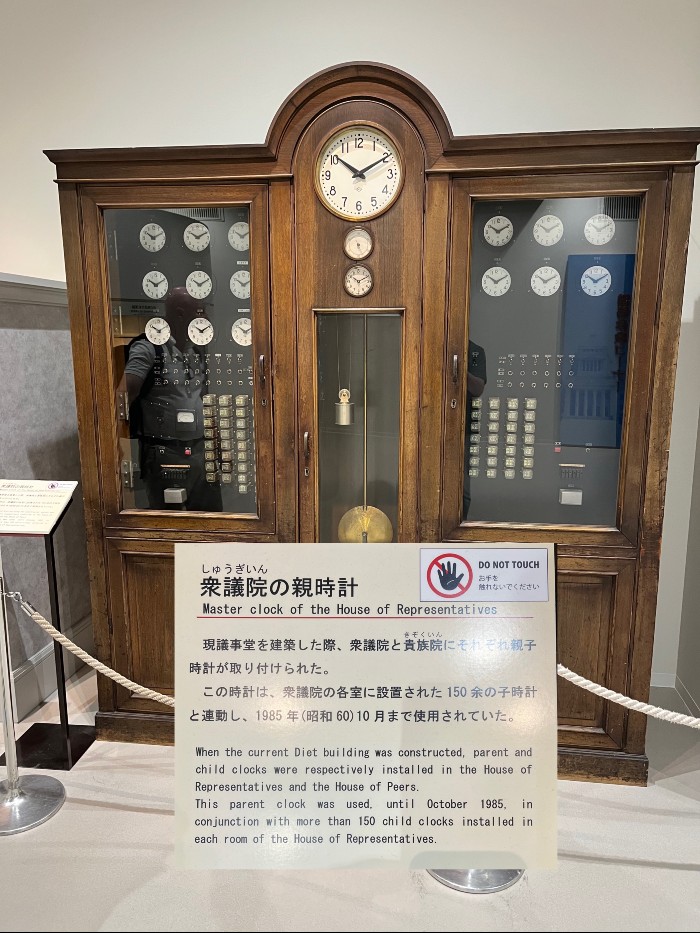
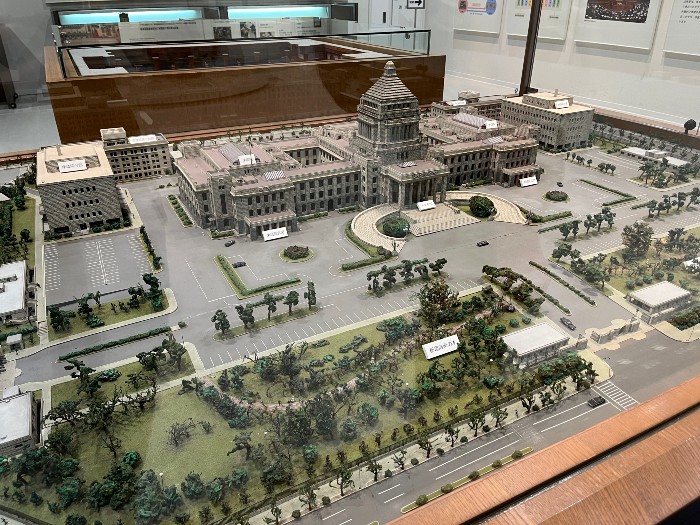
After that, we still had a few hours before the tour, so we started walking around the area and stumbled on the National Diet Library. I wanted to take a peek inside so we went in, and were greeted by an attendant before we even reached the reception desk. There she explained that we could enter the library on a temporary pass, which sounded like a great idea. So we applied for the temporary pass at the reception desk, and within 15 minutes we were issued a pink entrance card that would get us through the security gates. Not to go on too long about this, but we did find a place to eat lunch inside the library, and we even applied for permanent library cards.
Finally it was time for our tour, so we went back over to the Diet Building tour entrance. We got right in, and were seated with a number of mostly foreigners to wait until 3:00. The maximum number of people on the tour is 30, so we were just under that.
The tour itself is conducted by one of the guards, who spoke some English. He mostly read from prepared text, but he was available for questions. Another Japanese gentleman accompanied us on the tour, and his English was actually very good, so most people were asking him the more difficult questions.
We were led into a number of areas of the building, but the the highlight was the Chamber of the House of Representatives. We were told that the House members had met earlier in this very chamber. Some of the key points of interest were marked with signs in both languages. We were guided to take pictures and even sit in the grandstand where the visitors and press sit. Quite impressive!
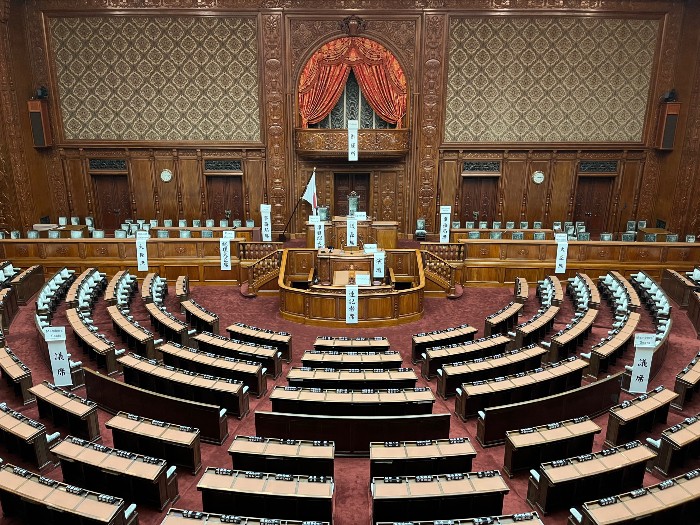
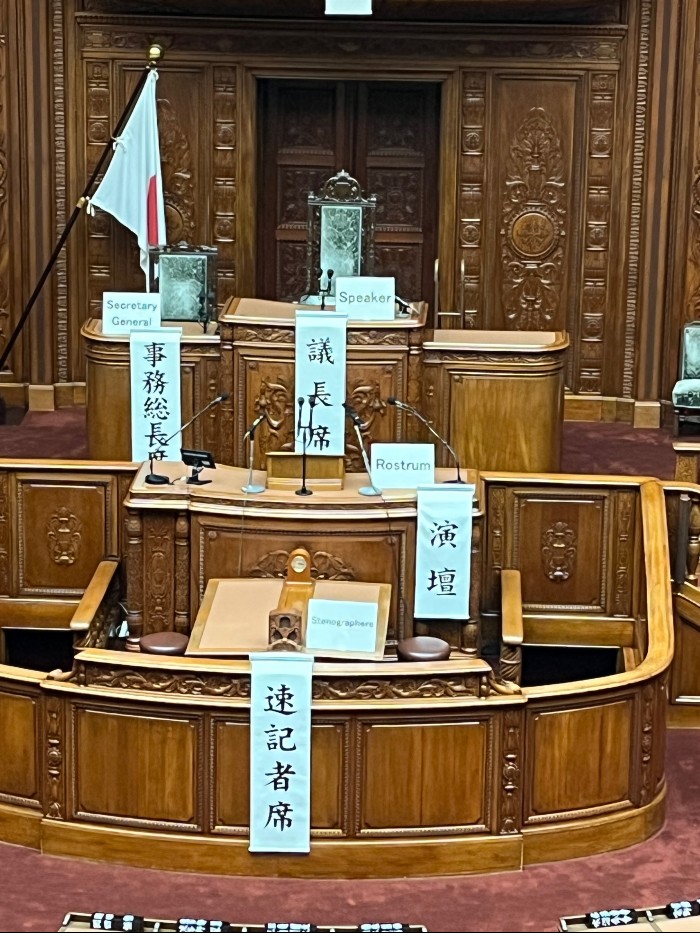
Other areas of interest were the entrances to the building, as well as some of the ornate facades on the walls of some of the chambers. We were shown some rooms where the Imperial Family could use but we were told that the Imperial Family had in fact never used those rooms, so I thought that was a waste and said as much to the guide. He shrugged and moved onto the next point of interest.
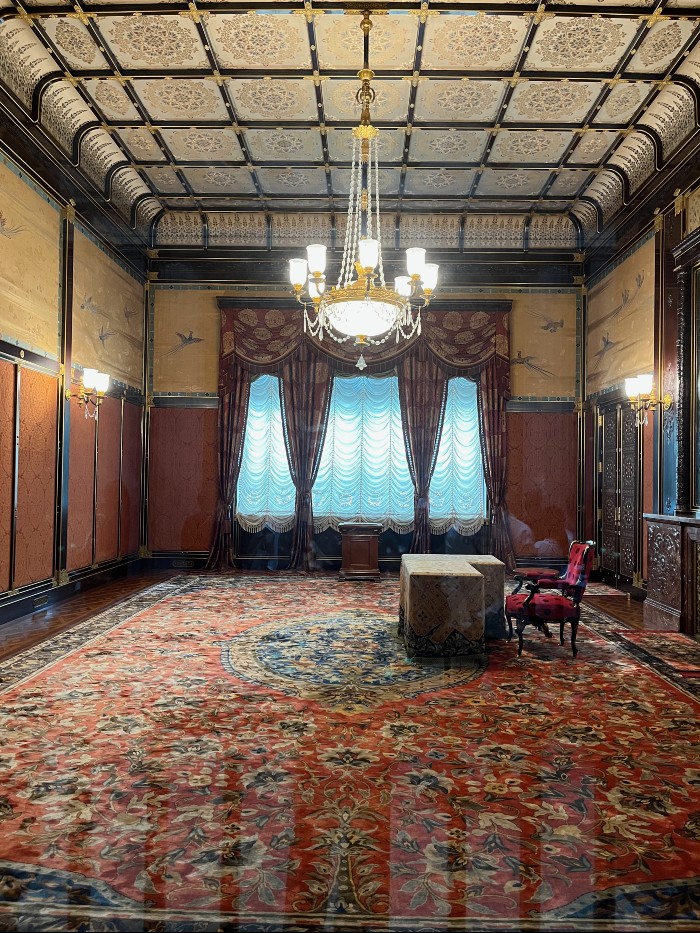
The history behind the creation of the current iteration of the National Diet Building is interesting, as it spanned the decades when Japan was entering a period of internationalization. The government realized that with the new capitol renamed from Edo to Tokyo, there needed to be an opening of sorts to both foreign governments and businesses. To reflect the impression that Japan had embraced modern architecture, two foreign architect groups submitted proposals for the building's design.
The first provisional Diet building was built in late 1890, and hosted the first Diet meeting there. There were two prominent proposals for the design of this important building. One proposal was from a young British architect named Josiah Conder. He provided a design for the National Diet Building and many other buildings that would comprise the center of Japan's government.
The other major proposal was from a Ende and Böckmann, two German architects that were involved in the design of the German Reichstag buildings. Ende and Böckmann won the contract, but the Japanese government canceled it due to budgetary and time constraints. Instead, a group of architectural engineers in the ministry of home affairs handled the construction, and it was completed on time in November of 1890.
Almost two months after it was constructed, it burned down in a fire. The second provisional building was quickly built after that, finished in October of 1891.
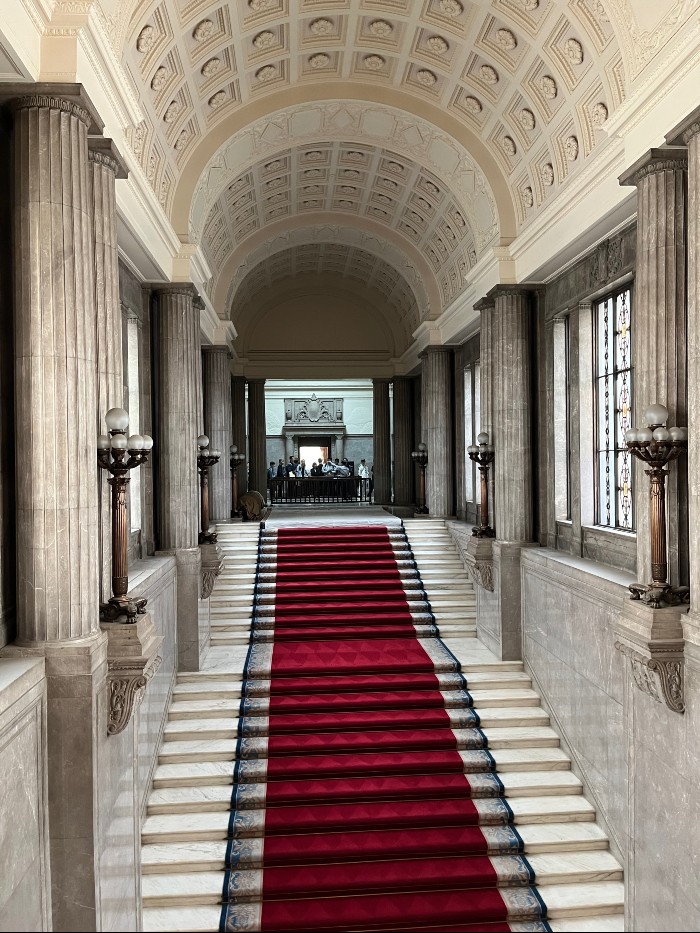
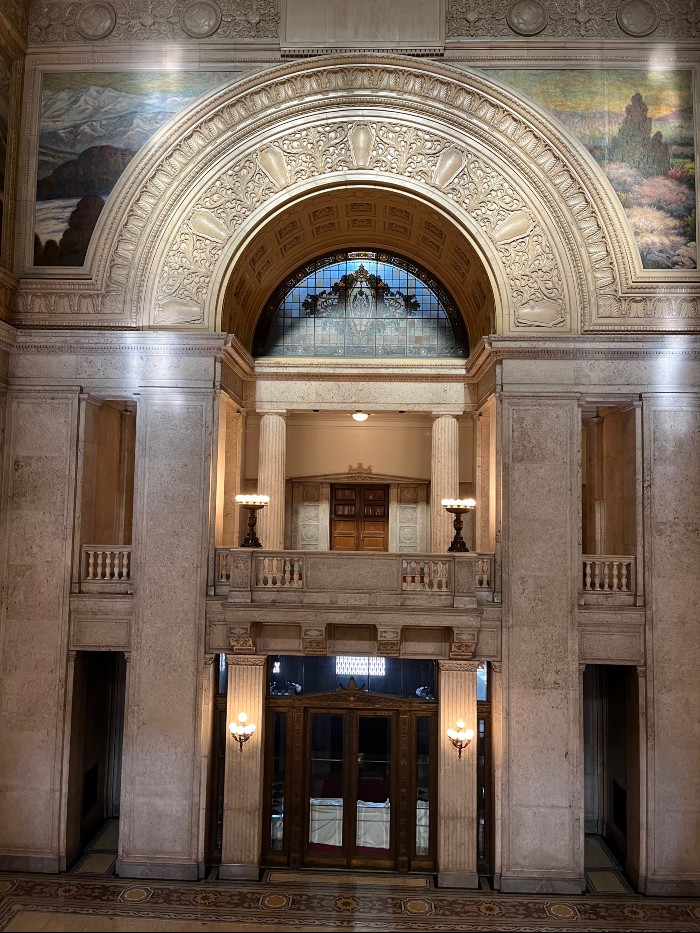
On September of 1925, the provisional Diet building was again destroyed by fire. The third provisional building of the Diet was completed in December of 1925.
While the construction of the third building was going on, a design competition was held to design what would be the permanent National Diet Building. Fukuzo Watanabe's design was chosen from all the proposals submitted by the leading architects of the time. Construction was delayed on the permanent Diet building because of the provisional building had to be completed first, as the government was waiting to resume business there. It took seventeen years to build the new Diet building, completed in November of 1936.
I think the interesting part of the design is the upper house chamber. Most people think that Japan's government is in the style of the British Parliament, and so to an outsider there may have been an expectation that the upper chamber would resemble the upper house chamber of the British Parliament at Westminster. But instead, the design resembles that of the original Ende and Böckmann design proposal. Interesting indeed.
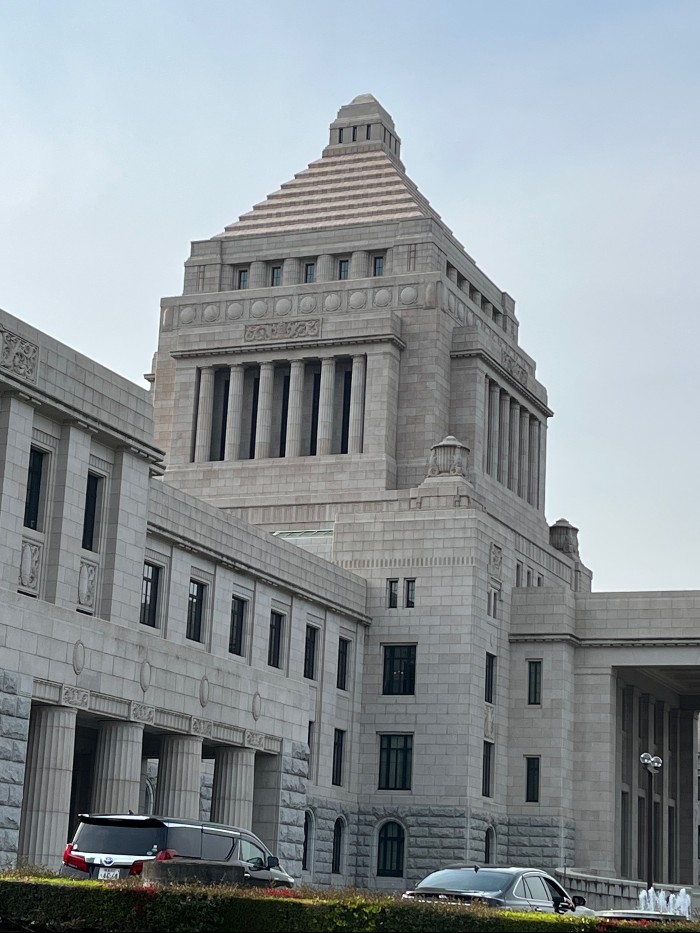
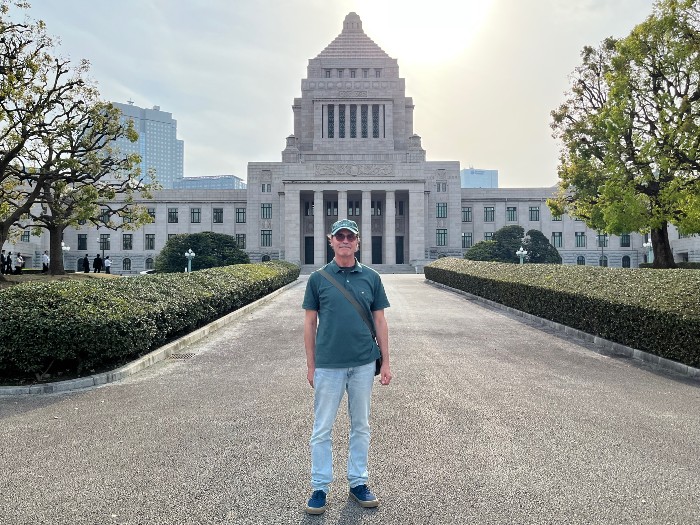
OK, about the tour.... It is great that you can take as many pictures as you like. The tour guides were very gracious and patient with us, and to them we are grateful. Hope you have as good a time touring this grand structure and learn a bit about how the Japanese government conducts its business.














